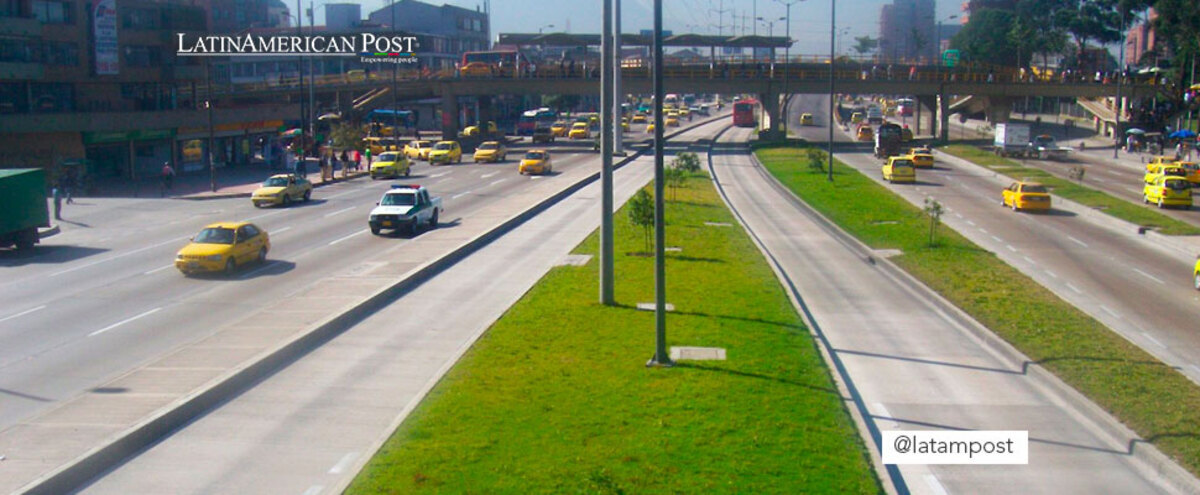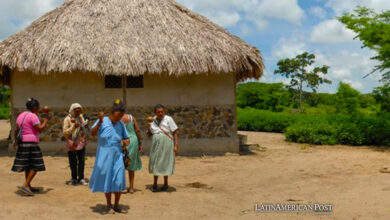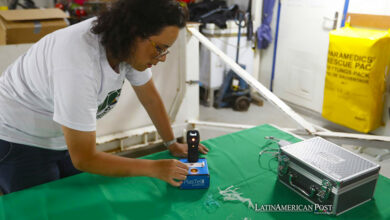Car Free Day: Is the Bicycle Really a Mobility Option in Bogota?
Last Thursday the Day without a car took place in Bogotá. Only public transport vehicles were allowed to travel, forcing citizens not to travel by car and use other means to go to their places of work and daily activities. The bicycle is a great mobility option, but there are still aspects to improve.

Photo: Flickr -Julian Ortega
LatinAmerican Post | Sergio Ortiz
Listen to this article
Leer en español: Día sin carro ¿Es la bicicleta realmente una opción de movilidad en Bogotá?
Many more bicycles than usually travel through the streets of the Colombian capital were in activity on the day without a car. According to official reports from the Bogotá Mayor's Office, more than 340,000 cyclists mobilized through the city. This is due, first of all, to the need to get around without using a private vehicle, but also to the attraction of walking through a city without the same amount of pollution as that seen on a normal day in Bogotá. Added to this are the advantages of pedaling without the dangers of streets full of traffic and stressed and aggressive drivers.
You can also read: 5 ways to combat anxiety and stress
The results of the day without a car, both in relation to mobility and pollution, show that, if it were possible to continue encouraging the use of the bicycle, together with a significant improvement in public transport conditions, it could also improve the health of the city. Official reports indicated that carbon emissions were reduced by 51% compared to a normal day.
Bogota shared bike system
At the end of September 2022, the Bogotá Mayor's Office inaugurated the shared bicycle system, which has around 3,300 bicycles available to citizens who want to mobilize in certain locations. This project is expected to grow and expand to more parts of the city, so that citizens have more facilities to use this type of sustainable transport.
Despite the good results, much remains to be done in this direction. So that the use of bicycles is a norm and not an exception, we highlight 5 aspects to improve:
1. Safety of cyclists
Surely there are many Bogota men and women who would be willing to use their bicycles more regularly if protection against robberies and robberies could be guaranteed, as happened on the day without a car. There are not a few daily cases of people who are robbed of their bicycles and other belongings by thieves who already know the most appropriate, lonely and dark places to commit these crimes. In this sense, thinking about mobilization by bicycle with the strengthening of security at some points is essential.
2. Fragility in a frenetic city.
Another fear that discourages many from riding their bikes to work is the dynamics of Bogotá traffic. The number of vehicles, along with the size of the city, cause stress to be generated for drivers and traffic accidents are part of everyday life. And if an accident in an automobile can result in the discomfort of having to start a tedious process to receive financial compensation, or having to pay it. On the other hand, a bicycle accident can cost the life of the person who is pedaling. A habit of respect and care, both on the part of cyclists and drivers, is another pending issue. More citizen education is required to respect the rules on the street.
3. Infrastructure.
While it is true that in Bogotá part of the public budget has been invested in recent years for exclusive bicycle routes, it is also true that many of these routes are in poor condition. This makes it often preferable to travel along with cars in the avenues, than in the corridors designed as bicycle lanes. In addition to this, there are many of these roads that are not properly thought out in terms of their connections, and there is a lack of adequate signage in terms of maps and directions to move around them.
4. Technical assistance.
More bicycle repair points are also needed throughout the city, since it is common for the bicycle to suffer some damage and the person must walk a few kilometers before finding where to repair it.
5. Other incentives.
Some Bogota universities took advantage of the day without a car to deliver kits with reflective, helmet, repair tools, to encourage the use of bicycles. A more constant campaign, both in universities and in offices and companies, is a way of contributing to the mobility of the city and the well-being of all those who live there.
This will only be a reality if there is a clear planning of these aspects and citizens begin to develop not only an awareness of public benefits, but also a taste for this means of transport that, while allowing the body to be exercised, gives a feeling of greater closeness to the city and its different spaces.




